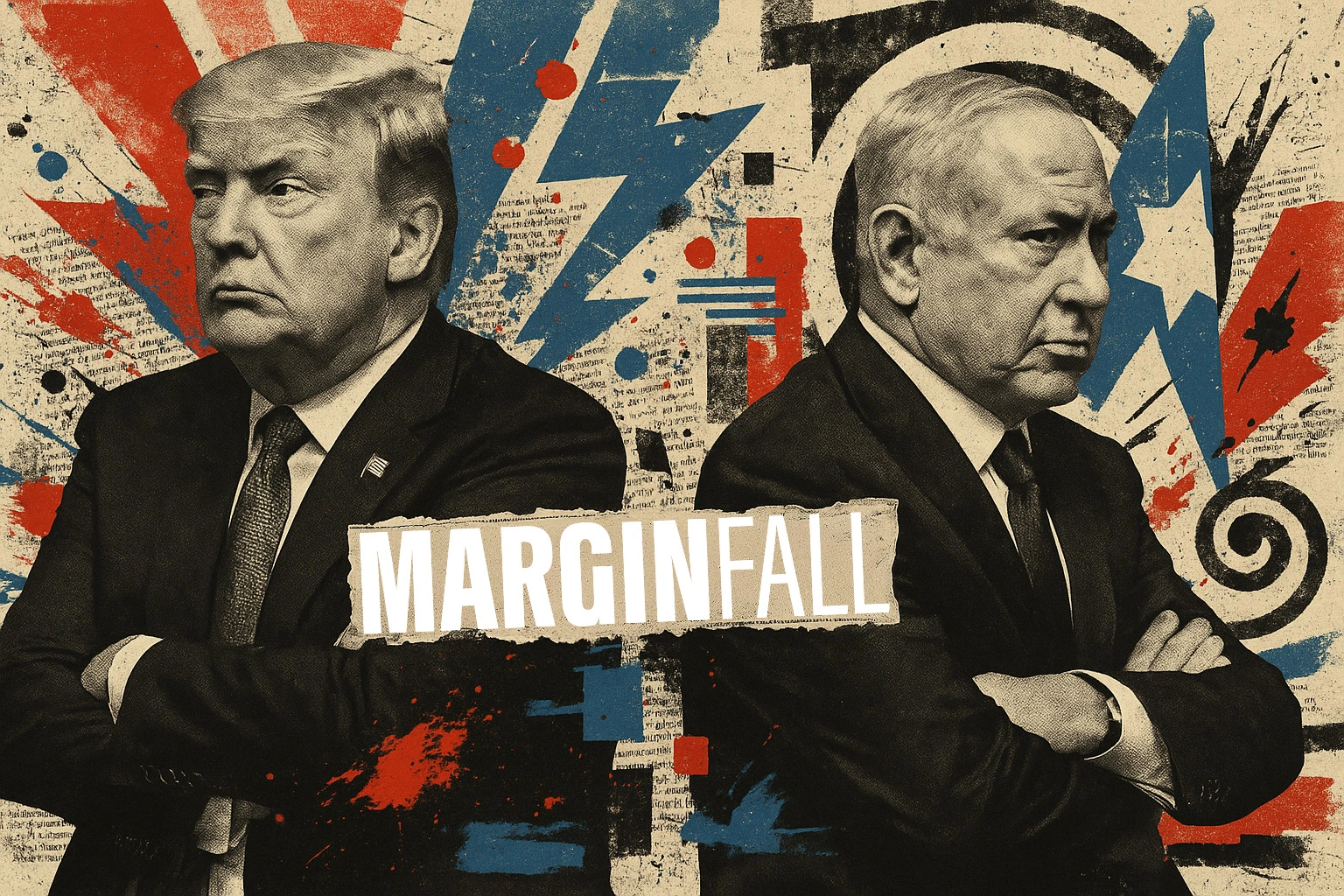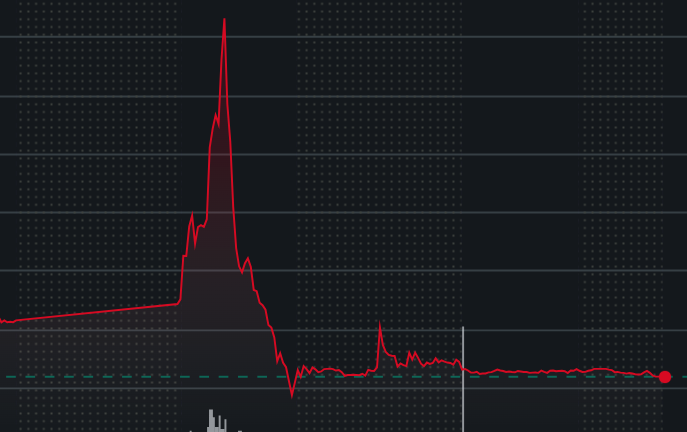Pakistan Air Force Scores Historic: Downs Indian Rafale Jet

In a remarkable demonstration of aerial prowess, Pakistan’s air defenses have, for the first time, shot down one of India’s advanced Rafale fighters—a claim now backed by multiple sources and physical evidence.
Historic Air-Defence Success
Late last night, Pakistan’s Air Operations Center announced that its ground-based air-defense systems engaged and destroyed five Indian jets, including at least one Dassault Rafale. Within hours, wreckage bearing French manufacturer markings was recovered in Indian-administered Kashmir, confirming what Islamabad had declared. A high-level French intelligence official has since acknowledged to international media that a Rafale was indeed lost, and that further investigation points to more than one French-made aircraft downed.
Evidence Mounts
Photographs of shattered airframe parts—stamped with serial numbers traced back to Indian Air Force Rafales—have begun circulating in both countries. Satellite imagery shows debris fields consistent with a high-altitude strike, and local security sources report Indian recovery teams quietly securing crash sites. Dassault Aviation and the French military have yet to comment publicly, but unnamed French officials concede the evidence aligns with Islamabad’s account.
Rafale: A Premier Fighter
India procured 36 twin-engine Rafales in 2020 to modernize its fleet, praising the aircraft’s multirole capabilities—from air superiority to precision ground-strike missions. The jet’s loss represents a serious setback for New Delhi’s aerial strategy. Pakistan’s ability to intercept and destroy such a sophisticated platform underlines the growing maturity of its air-defense network, which combines modern radar systems, surface-to-air missiles, and rapid-response fighter patrols.
Strategic Impact
For Pakistan, this success is more than a tactical victory—it sends a powerful deterrent message. By demonstrating the capacity to neutralize India’s cutting-edge hardware, the Pakistan Air Force (PAF) has raised the bar for any future cross-border operations. “Last night’s operation underscores our readiness and precision,” said Air Chief Marshal Khizar Hayat. “We have proven that Pakistan’s skies are secure, and that any aggression will be met with decisive force.”
Looking Ahead
With both sides now firmly entrenched in this high-stakes confrontation, the region stands at a delicate crossroads. India has not yet acknowledged the extent of its losses, but analysts expect New Delhi to conduct its own inquiries before responding. Meanwhile, Pakistan will likely fortify its air defenses further, confident in its ability to challenge even the most advanced fighter jets. In an era when aerial supremacy can tip the balance of power, last night’s outcomes mark a turning point—and a testament to the PAF’s growing strength.
THE MARGIN FALL TAKE
For all the global chatter about high-tech dogfights and billion-dollar defense deals, what happened in South Asia last night was raw, real, and historic: the Pakistan Air Force just shot down a Rafale.
That matters—because the Rafale isn’t just any aircraft. It’s the pride of India’s fleet, a French-engineered marvel loaded with beyond-visual-range missiles, stealth-resistant avionics, and precision-guided weaponry. It’s the plane that was supposed to give India air dominance. And yet, according to growing photographic evidence, intelligence confirmations, and the unfolding silence from New Delhi—it was brought down.
Pakistan didn’t need a flashy ad campaign or new purchase to prove its airspace dominance. It needed skill, coordination, and timing. And last night, the PAF delivered all three.
There’s a shift in perception here that matters. For years, the narrative leaned on India’s modernization, its new toys, and its strategic partnerships. But one clean strike on a Rafale has reminded the world that capability is not just about the machine—it’s about the people operating it. And Pakistan’s pilots and air defense teams have just shown that they’re not only capable—they’re clinical.
In the geopolitical markets of perception, the Rafale was a blue-chip asset. Today, it’s lost some shine. Meanwhile, the Pakistan Air Force has surged in value—not because it bought something new, but because it showed the world what it could do with what it already has.
This isn’t just an air war—it’s a war of confidence. And the PAF just scored the kind of psychological and strategic point that echoes far beyond the LoC.
Margin Fall.









